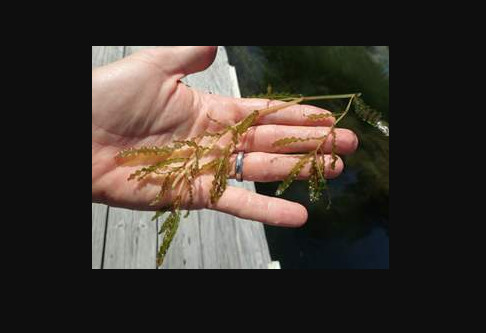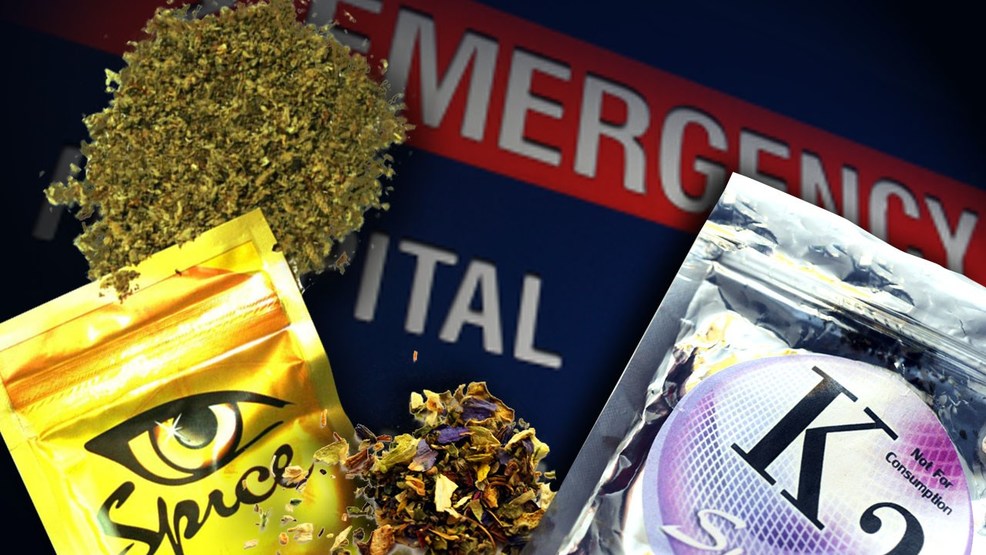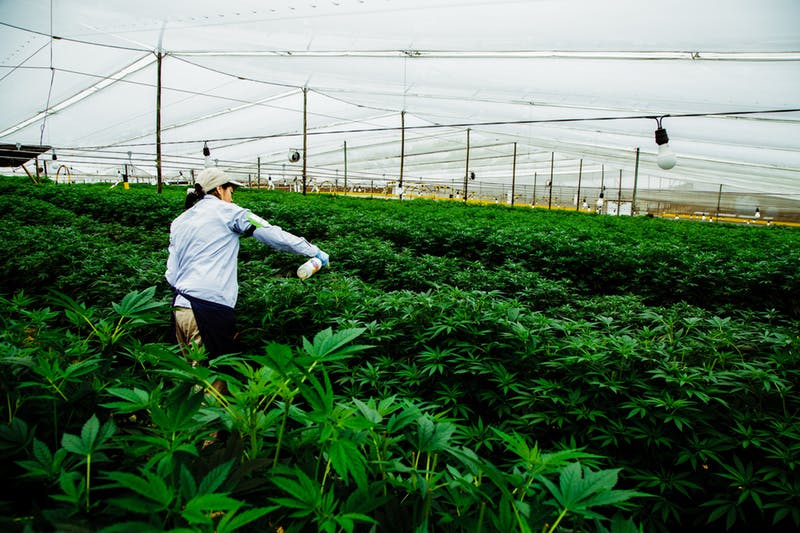Survey teams from the Idaho State Department of Agriculture and Avista contractor Clean Lakes, Inc. confirm the presence of curly leaf pondweed (Potamogeton crispus) in Lake Coeur d’Alene.
A fragment of the plant was first noticed near the Third Street Boat Launch earlier this month. Efforts to confirm its presence noted fragments near Independence Point and Sanders Beach as well.
Curly leaf pondweed is an invasive aquatic species that has spread through western waters primarily through boat traffic that either carries aquatic invaders between waterbodies or breaks apart existing populations, which enables spread within a waterbody. Curly leaf pondweed is a submerged aquatic plant that can grow more than a meter long, and is distinguished by its wavy, serrated leaves. During its flowering season, it produces a short, pine cone-like structure called a “turion” that aids its spread and grows into a new plant.
The species is on Idaho’s Noxious Weeds List, which includes plants that are non native to the state and also deemed harmful to public health, agriculture, recreation, wildlife or property. Curly leaf pondweed has the ability to outcompete native vegetation and clog waterways. The ISDA is reviewing possible treatment strategies. Options for treatment could include a combination of chemical and mechanical tools, not unlike those used against Eurasian watermilfoil.
The public is urged to adhere vigilantly to guidelines of Clean, Drain, and Dry with their watercraft. Also, inspecting crevices between boats and trailers that can trap fragments as boats are being trailered is especially helpful in preventing the plant from being transported between waterways.
If you find a plant that you believe may be curly leaf pondweed, please contact Dr. Kim Holzer, Idaho State Department of Agriculture, at kim.holzer@isda.idaho.gov or Coeur d’Alene Tribe Lake Management Department at 208-686-6206. If possible, please photograph the plant and note the location. Please do not attempt treatment without confirmation, as the plant is sometimes confused with beneficial native vegetation.
The public’s assistance in controlling the spread of this plant is greatly appreciated. For information on curly leaf pondweed please see chapter 15.3 of the Biology and Control of Aquatic Plants Handbook, which can be found at: http://www.aquatics.org/bmp%203rd%20edition.pdf
Credit: www.cdapress.com






